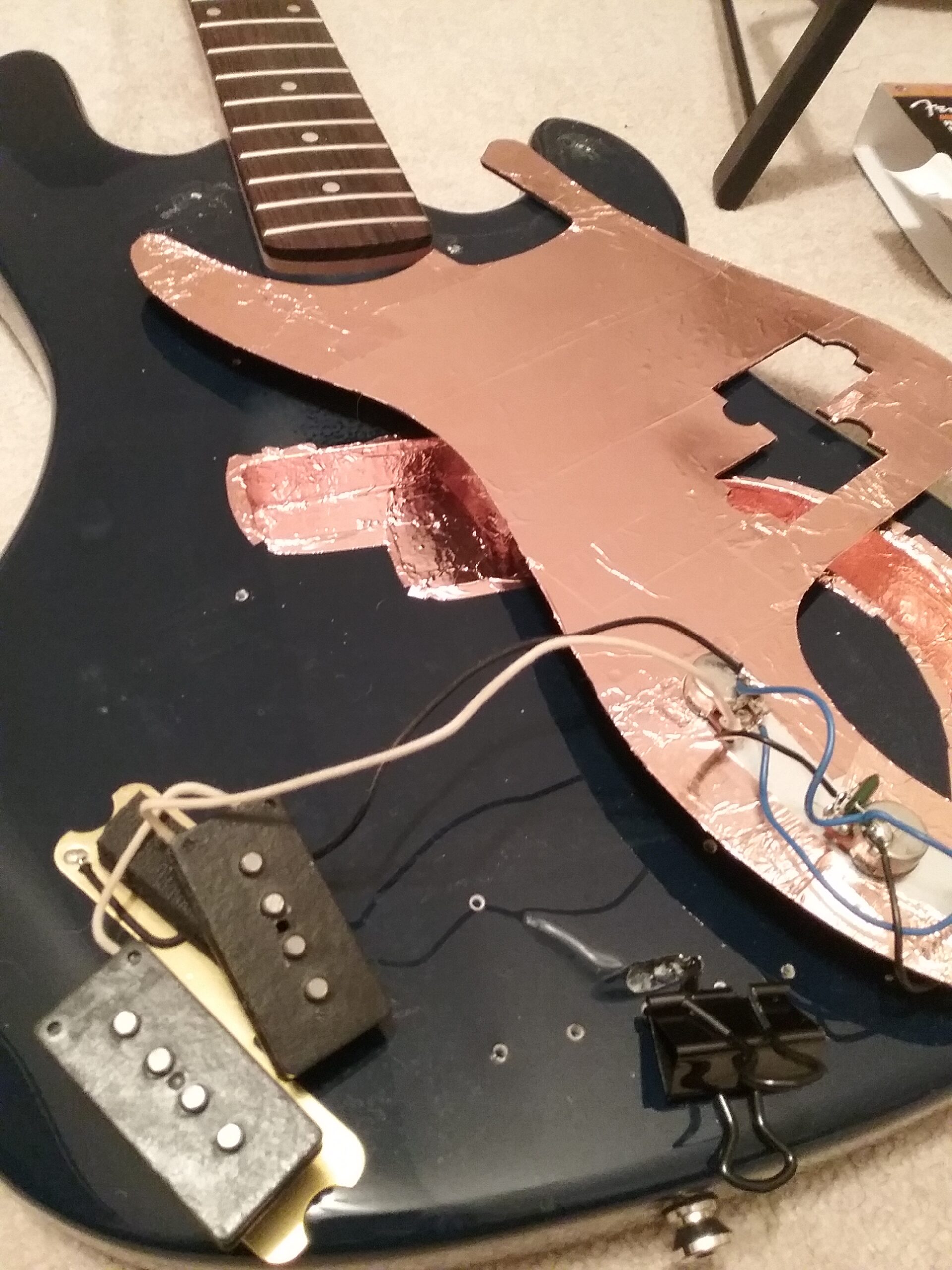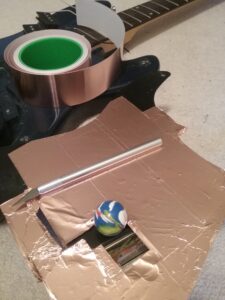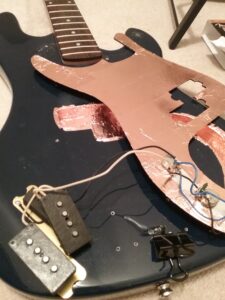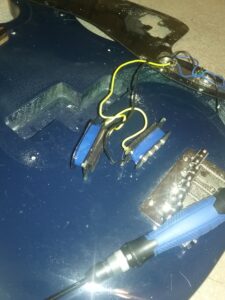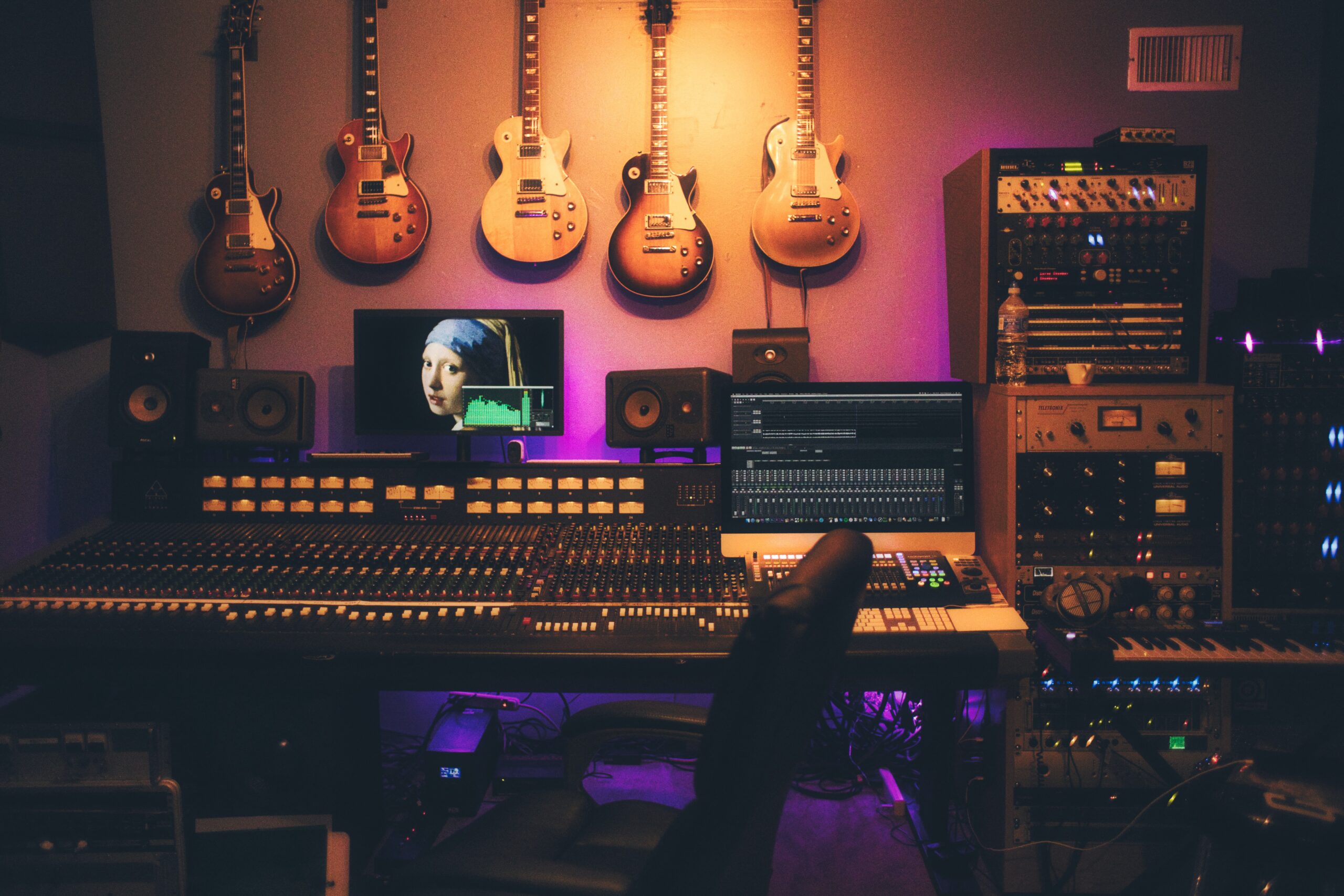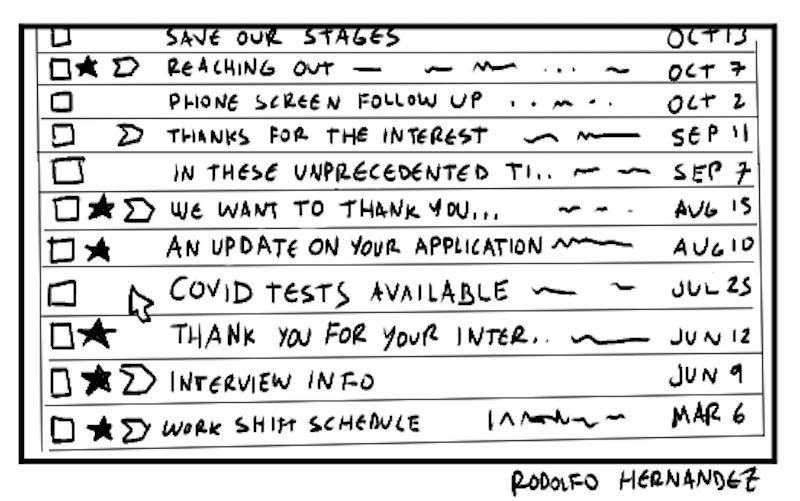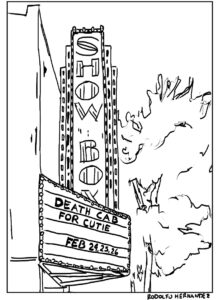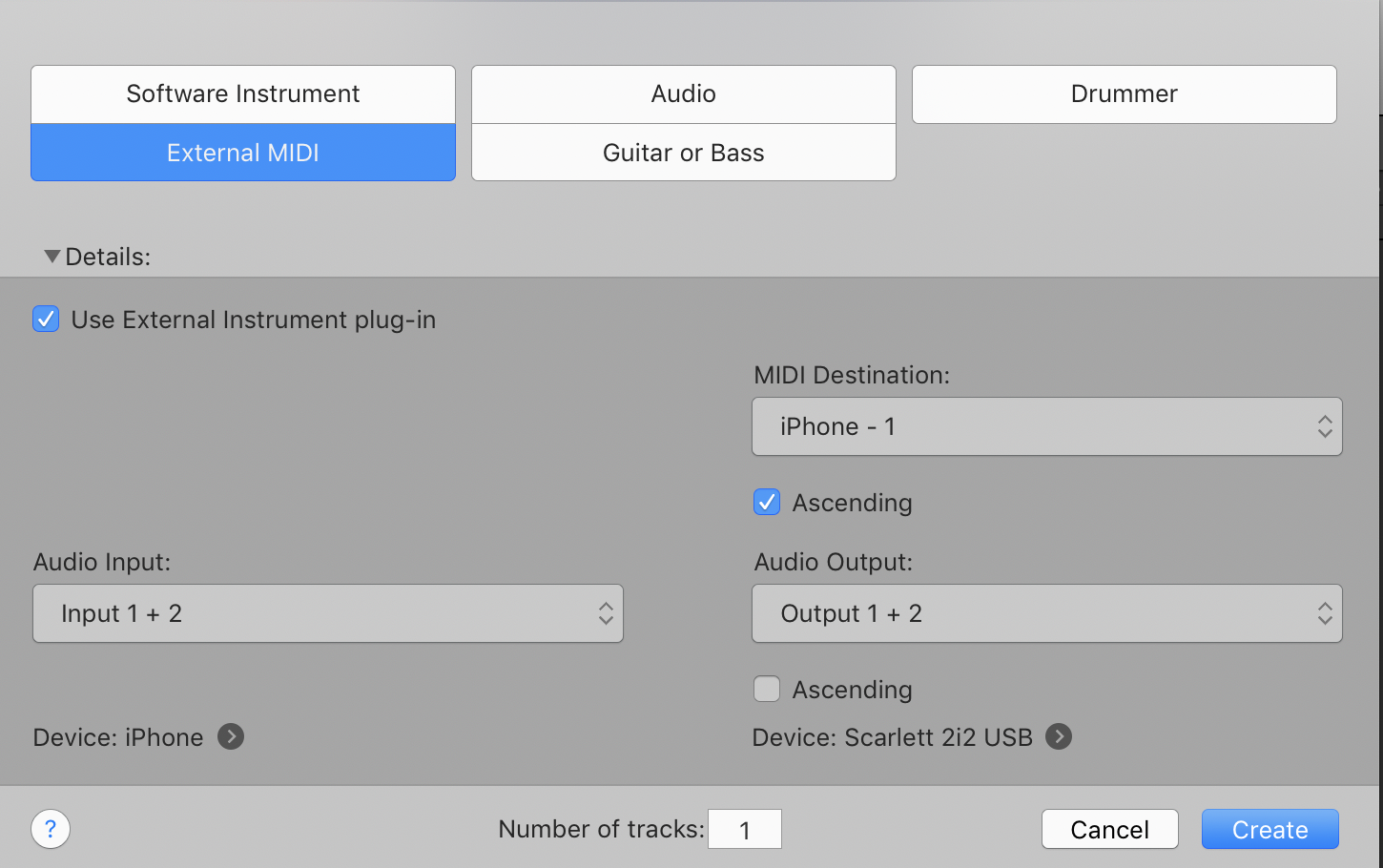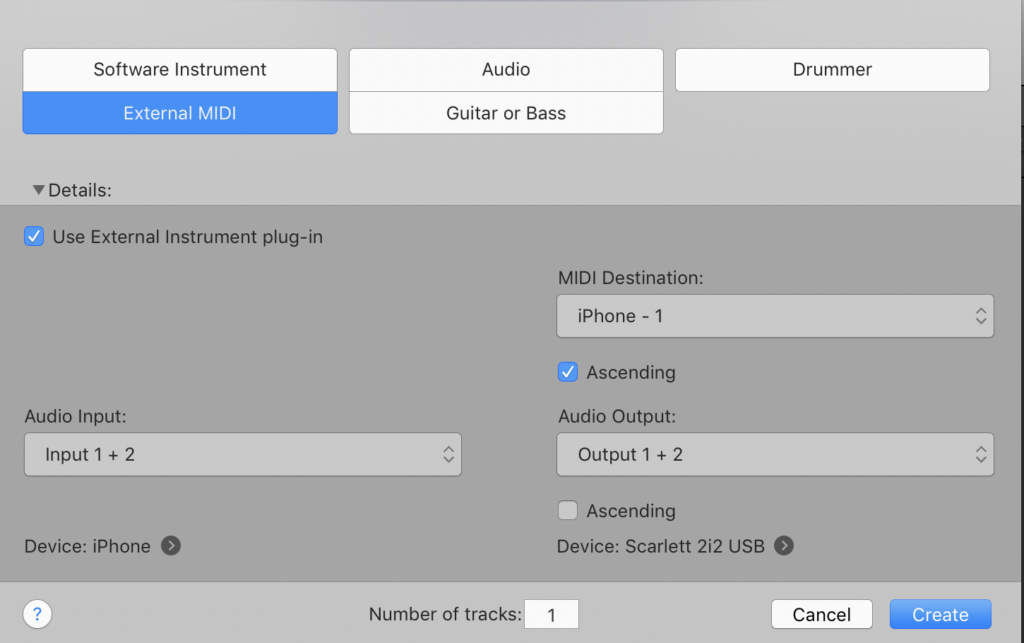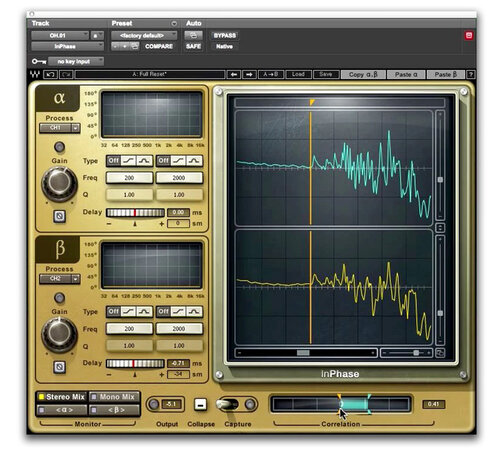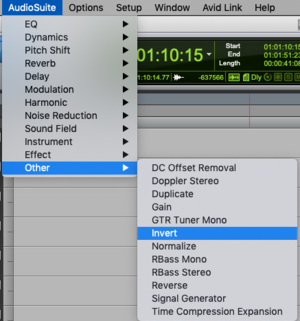
2020: A Sound Designer’s Year In Review
Today is November 7, 2020. I always like to do a “year in review” for my last blog of the year, and I had every intention of starting that blog yesterday, but I couldn’t. Think back to that week, and I’ll bet you can remember why. It’s been a very hard year, friends. The weight of yesterday had me only thinking of the past year in terms of the pandemic, unemployment, racism, division, violence, and lies, but today is November 7, and I’m feeling a sense of renewal. A weight has been lifted, and I can look at the past year from a different perspective. A more positive perspective. Ok, I’m not trying to brush anything that has happened aside and put a Mary Tyler Moore spin on the year. It’s been rough, and we still have much work to get done. I just think that, for the sake of all of our mental health, it’s important to recognize some of the good that has come out of this chaos. For me, many of those moments exist in my professional life.
EDI TRAINING
Probably the most impactful part of this year for me, professionally, has been all of the training in equity, diversity, and inclusion that has come about in the wake of the BLM movement. This type of work may have always existed in some kind of generic HR packaging, but this year it became specific, meaningful, and blunt. I’ve been involved with many of these discussions through the TSDCA, SoundGirls, and USITT to name a few, but organizations worldwide are doing their part as well. I’ve met so many great people through these discussions and I’ve been turned on to new ideas and concepts that will help me be an ally, an advocate, and an accomplice. Theatres around the country have been doing this work and publishing their promises. They want to be held accountable by the public, and I’m hoping that all of this training and other efforts will launch us into a more equitable community that continues to call out and call in its members to keep the conversation, and more importantly, keep the positive momentum going.
REMOTE COLLABORATION
If nothing else, we have all learned some new skills that allow us to continue working together when we cannot be physically together. The TSDCA annual meeting was one of the first examples of this for me. For a whole week in June, the TSDCA held seminars, training sessions, EDI discussions, and collaboration projects over Zoom, a process that would generally be done live. I collaborated with two Sound Designers I had never worked with before, one in Chicago, one in the DC area, and I’m in California. For our TSDCA creative challenge, we worked together on building some really fun and interactive tools to help teach and explain Sound Design. After the challenge was complete and our presentation was given, we still decided to stick together and continue developing this project, truly an experience I would not have had in a “normal times” situation. I have also taught classes remotely, introducing new concepts about how to improve factors like latency, audio quality, and bandwidth. The generation that is training or in school during this time is going to be so well equipped with a new bundle of information and skills that many of us have probably never even considered before the pandemic hit.
COMMUNITY
This has been a big one for us. Collectively and literally around the world, entertainment industry workers were forced to a screeching halt. For me, it’s been 8 months without steady work. The worst part is trying to explain this position to the “just get another job” crowd. Many of us are unemployment for the first time, and navigating this jam-packed and difficult-to-understand resource is a source of much anxiety for me. Not knowing where my next dollar is coming from and not being able to commiserate about it with like-minded people was, frankly, just really depressing. Then came the hangouts, happy hours, and other social Zoom Rooms. If you would have asked me a year ago to sit in front of my computer while other folks stare back at me on their computers, I gotta be honest and say that would be a hard pass, but out of necessity, I tried it. I liked it. And sometimes I really need it. Fellowship during dark times is so important, and not only have I met so many new people that I can honestly call my friends now, I’ve added some really great contacts to my professional network. It’s really possible that some of these people would not have been in my network otherwise, and I’m just really grateful for those connections.
All in all, 2020 has been one of the most emotional, confusing, and trying years of my, and probably all of our lives, but one thing I know is that pain brings courage, necessity breeds creativity, and to quote my favorite lady of country music, Dolly Parton, “Storms make trees take deeper roots.” I don’t know if that last part is scientifically true, but I appreciate the sentiment all the same. The most important thing is that we’ve made it this far, and we will help each other through to the other side. Remember to rest when you are tired, and reach out when you are lonely. I hope the holidays treat everyone well, and I hope we all arrive in 2021 rejuvenated, renewed, and reenergized. I’ll see you there.



